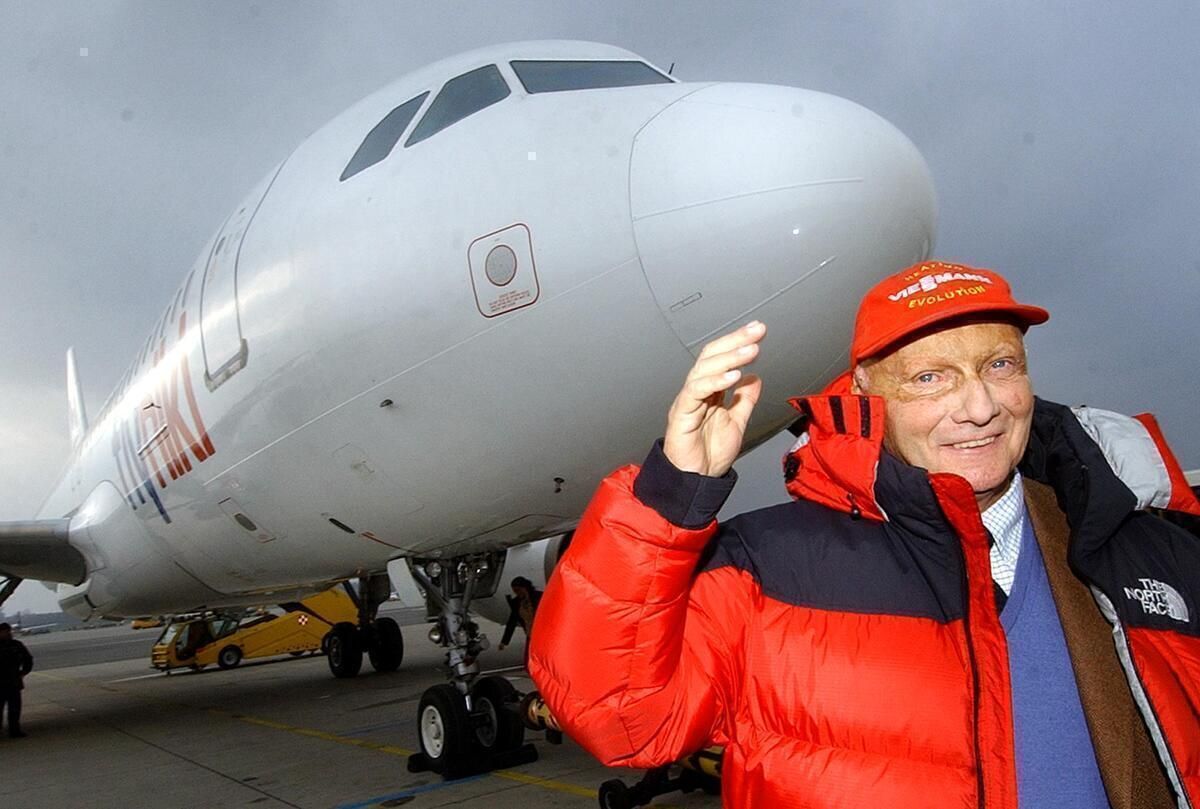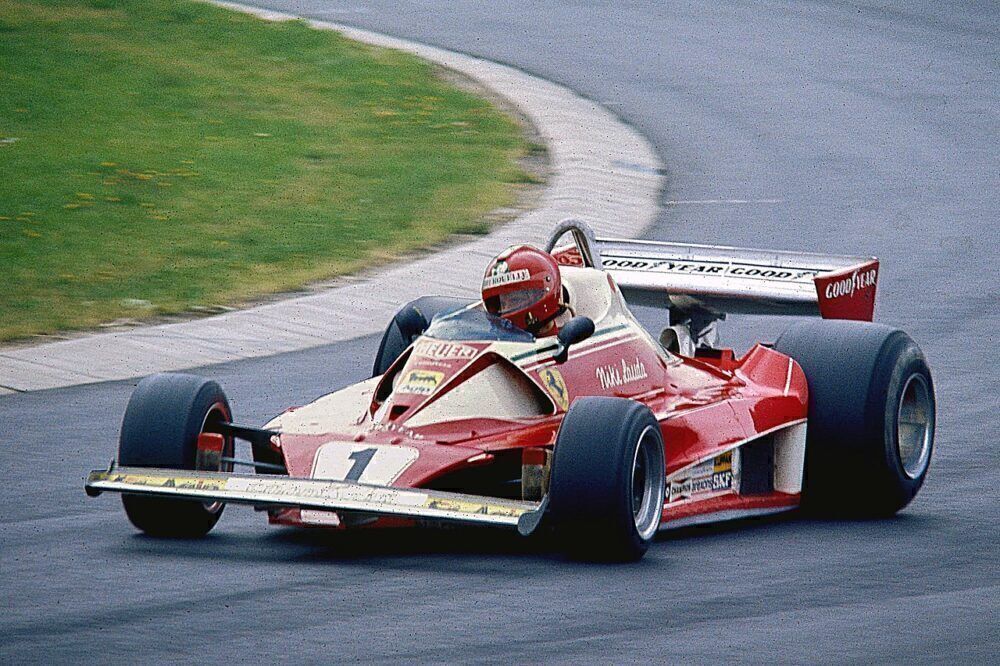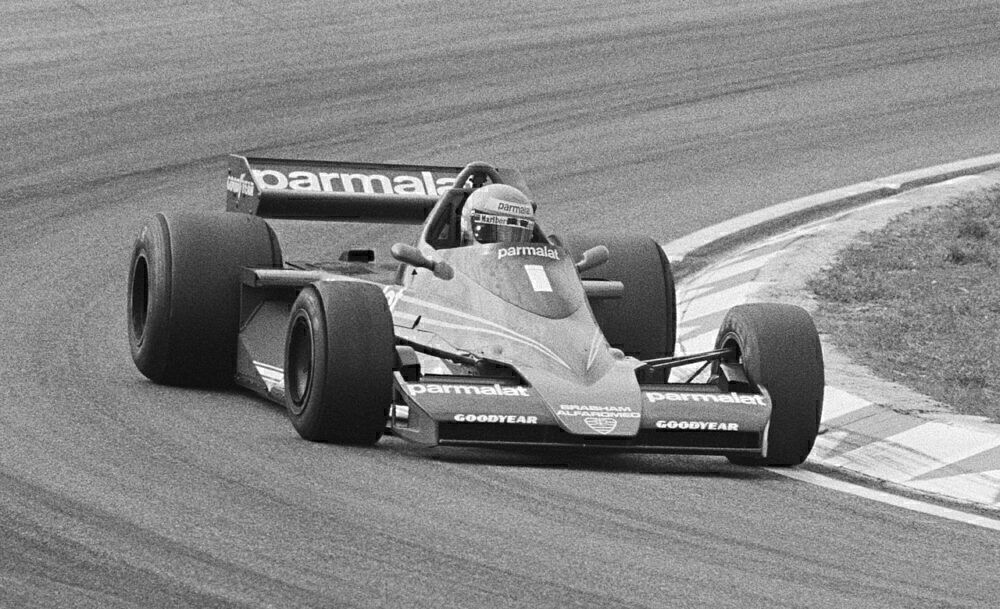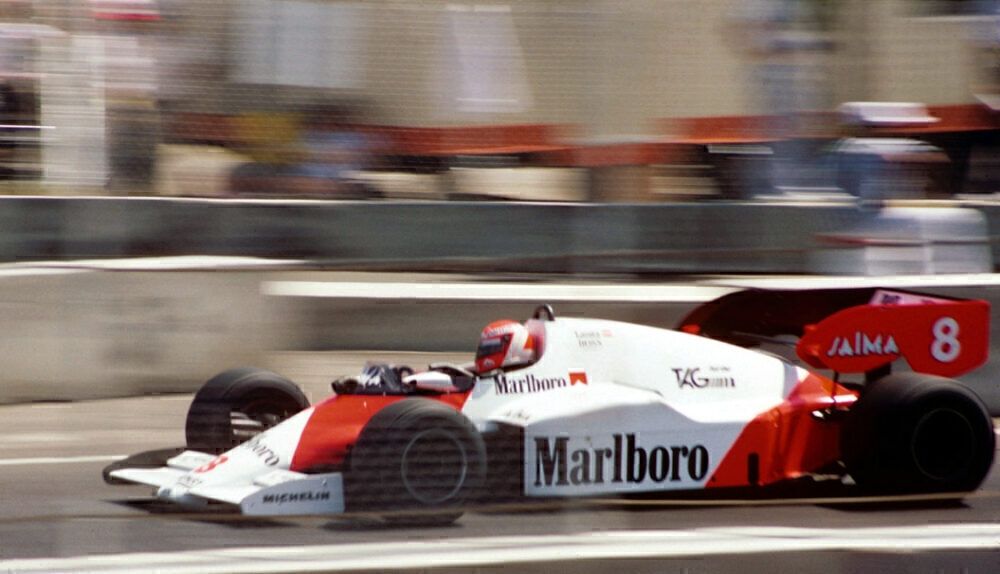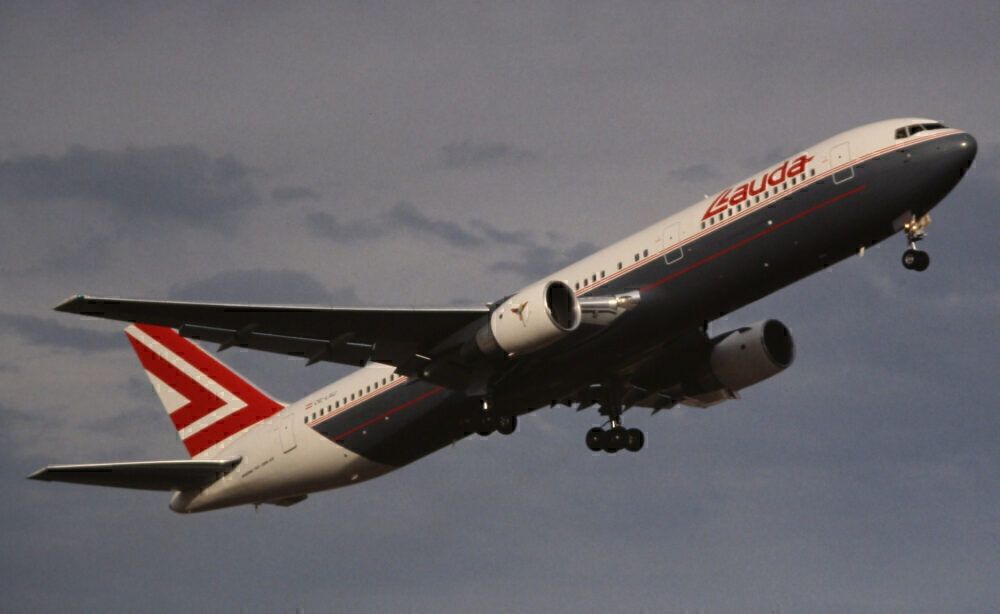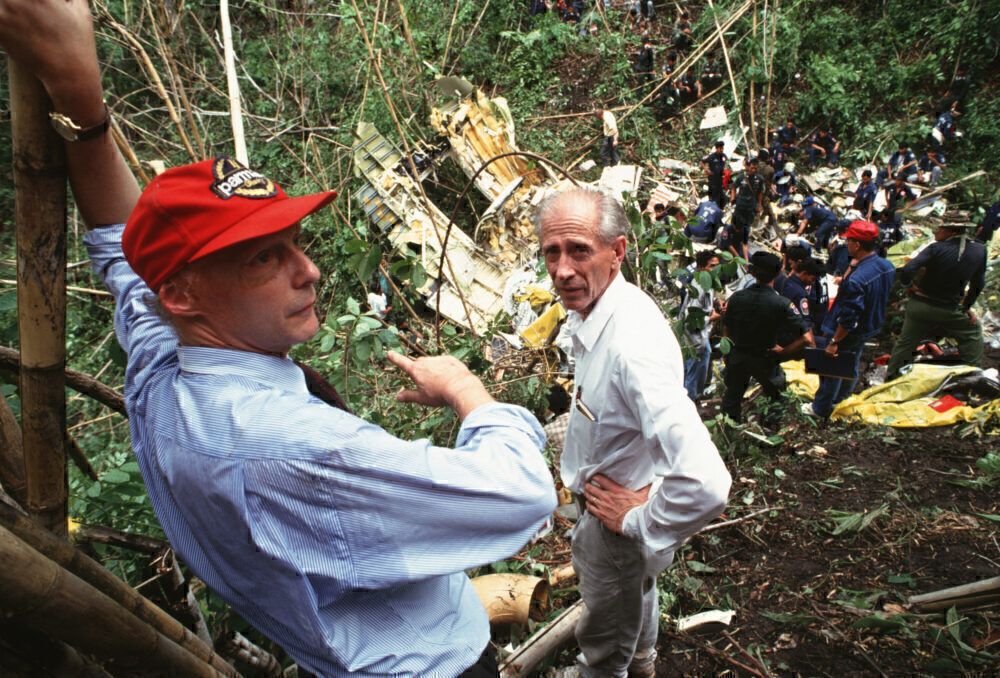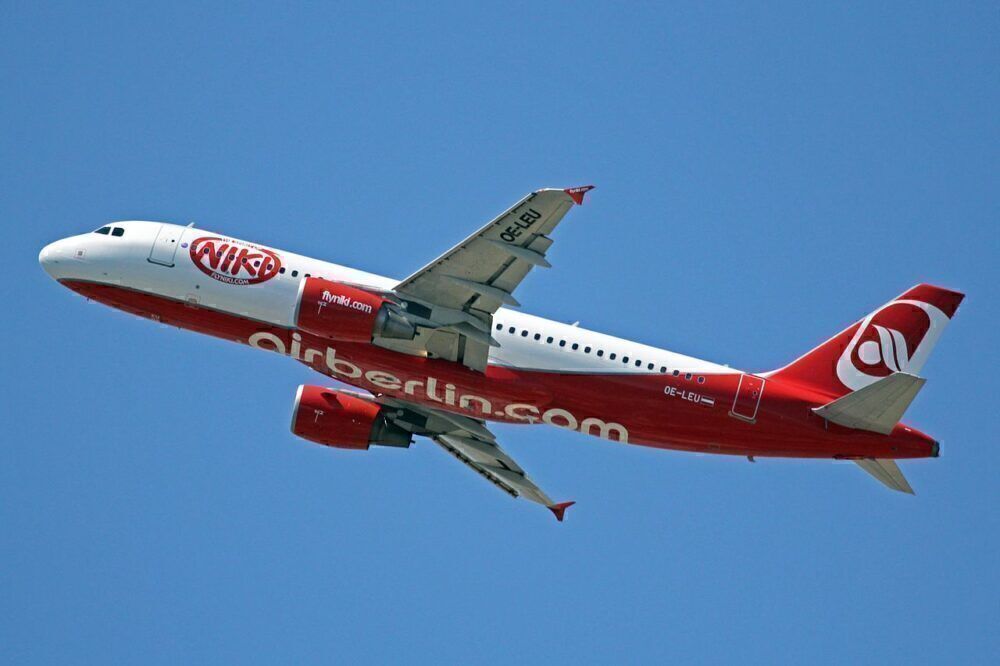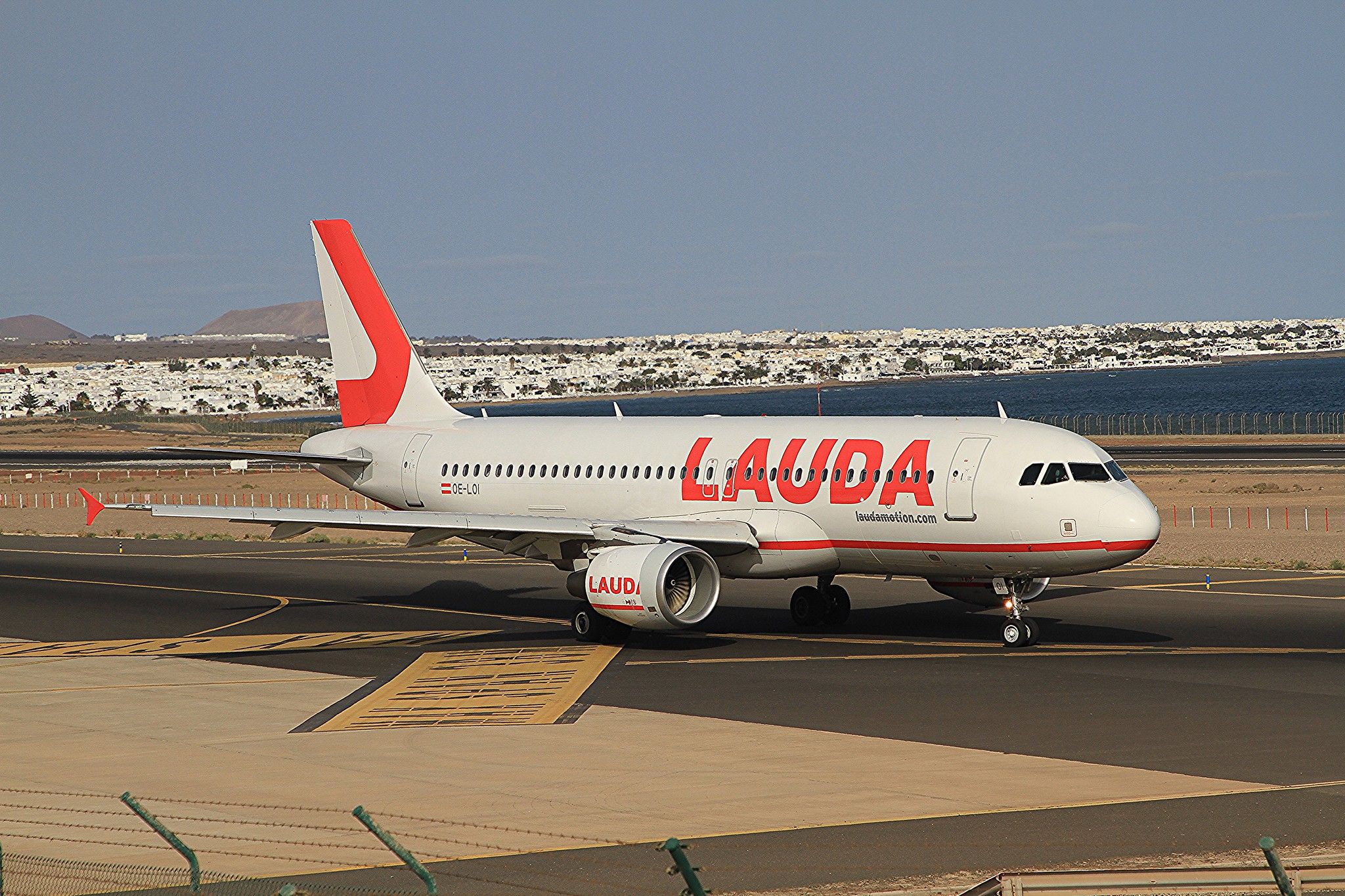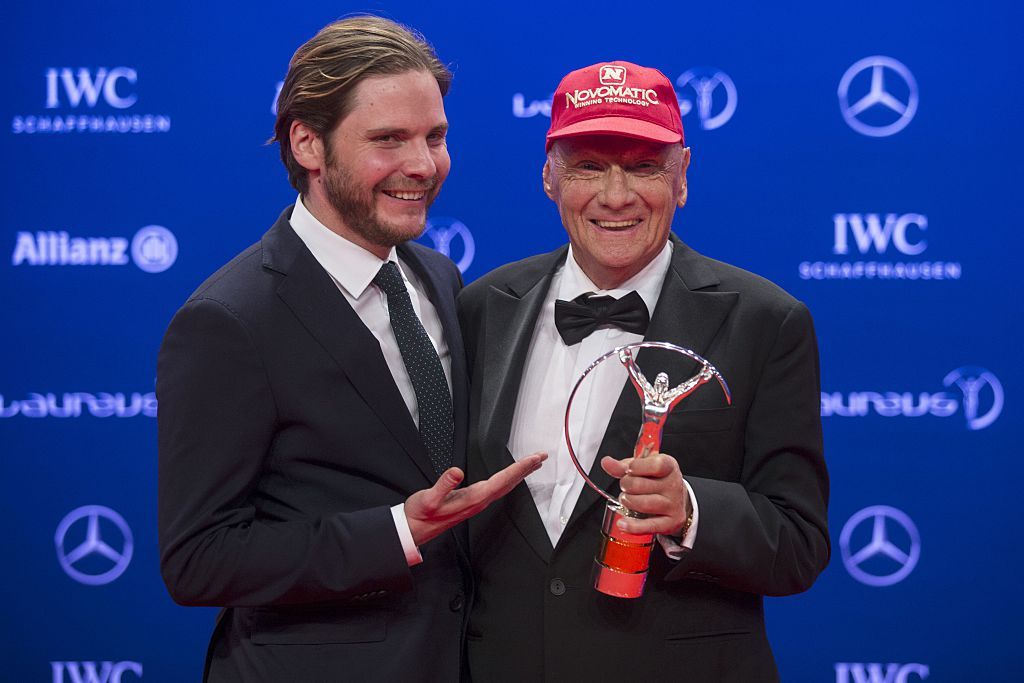Former racing driver and aviation entrepreneur Andreas Nikolaus 'Niki' Lauda is widely considered one of Formula One's greatest ever drivers. However, did you know that he is also famous in the aviation community for having founded several low-cost and leisure airlines. Let's take a look back at his various exploits.
Lauda's early years in F1
It would be remiss to write about Lauda's airlines without touching on his incredible achievements in motorsport. He first made his name in Formula One, before turning his attention to commercial aviation. Lauda won his first world championship with Ferrari in 1975, beating Emerson Fittipaldi by nearly 20 points.
He also came close to winning a second championship in 1976. However, an accident at the 1976 German Grand Prix saw his title charge come to a halt. The race was run at the legendary Nürburgring, which drivers had come to know as 'the green hell.' With heavy rain falling on the morning of the race, Lauda unsuccessfully appealed to his fellow drivers to boycott the race for their own safety.
Nonetheless, it went ahead, and Lauda suffered a fiery crash on the second lap. This saw him trapped inside his burning Ferrari until his fellow drivers stopped at the scene to free him from the wreckage. He suffered extensive burns and inhaled toxic gases, but, despite slipping into a coma, missed just two races.
Stay informed: Sign up for our daily and weekly aviation news digests.
Lauda bravely returned to action at the 1976 Italian Grand Prix, where he finished in a magnificent fourth place. An interviewee in Paul Crowder's documentary 1: Life On The Limit described Lauda's comeback as "the most courageous thing I've ever seen." The remainder of the season saw a scintillating battle for the world championship between Lauda and James Hunt.
Hunt eventually won by just one point, following the Austrian's retirement from the Japanese Grand Prix in rainy conditions. Lauda and Hunt's rivalry and relationship were the subjects of Ron Howard's 2013 film Rush.
Two more world titles
Despite missing out on winning in 1976 by such a fine margin, Lauda came back strongly in 1977. This year saw him win the title by a comfortable 17 points, despite missing the final two races after his relationship with Ferrari broke down.
The airline industry is always full of new developments! What aviation news will you check out next?
After racing for Brabham-Alfa Romeo in 1978 and 1979, Lauda took a two-season hiatus from racing. It was during this time that he laid the foundations for his first airline, Lauda Air. However, he returned to the sport in 1982 to drive for McLaren, and spent four years there. The middle of this period yielded further success.
In 1984, Lauda won his third and final world championship, finishing just half a point ahead of his French teammate, Alain Prost. To this day, he remains the only driver to have won the title with both Ferrari and McLaren. In 1985, Lauda retired from Formula One for good after finishing 10th overall. Coincidentally, this was also the year that saw the first of his airlines commence operations.
Lauda Air
Lauda was a keen pilot, and his foray into commercial aviation represented a logical next step after retiring from F1. Despite having initially been founded in April 1979, Lauda Air did not take off (both literally and figuratively!) until 1985. The Vienna-based carrier initially specialized in air taxi and charter services, flying rear-engined BAC 1-11 jets leased from Romanian flag carrier TAROM.
Boeing 737s followed shortly after, and, by 1987, Lauda Air had started scheduled services. The airline added long-haul destinations in the late-1980s and early '90s. These reached as far afield as Cuba, the US, Dubai, Thailand, Malaysia, and even Australia. Lauda Air also had an Italian subsidiary, known as Lauda Air Italy.
Correspondingly, Lauda Air added the widebody Boeing 767 to its fleet in 1990. However, it lost one of these a year later after flight NG004 crashed after departing Bangkok, Thailand. Simple Flying took a more detailed look at this particular accident, which occurred when the aircraft's thrust reverser deployed without being commanded to do so, around a month ago, and you can find our article here.
All 213 passengers and 10 crew onboard died in the disaster. As pictured below, Niki Lauda himself personally flew out to Thailand to help with the investigation. The accident severely impacted the airline's long-haul capacity.
Later in the decade, 1990 saw Lauda Air add larger Boeing 777 widebodies to its fleet, before becoming a wholly-owned subsidiary of flag carrier Austrian Airlines in 2000. Lauda Air merged with Austrian in 2012. It retained its branding, before being replaced by 'Austrian myHoliday' as the carrier's leisure brand in 2013.
Niki
Lauda founded his second airline, Niki, in 2003. According to a 2004 interview with The Guardian, he used to captain the low-cost carrier's flights at least twice a week. Like Lauda Air, Niki was based in Vienna, although it also operated out of other Austrian airports such as Innsbruck, Salzburg, and Graz.
By 2017, it had even commenced scheduled and charter services to European and North African leisure hotspots from Germany. Niki merged with Air Berlin in 2011, but retained its own identity. Niki later became the subject of failed sales to and takeover attempts by the likes of Etihad, Lufthansa, and IAG. It eventually merged with Laudamotion, Lauda's third airline, in January 2018.
Laudamotion
Laudamotion came about in early 2018. It had initially been founded as business charter airline Amira Air, before Lauda took it over in 2016. Two years later, it commenced commercial operations thanks to the acquisition of Niki.
Shortly afterward, it was announced that Ryanair would purchase a 24.9% stake in the airline, which would rise to 75% over time. The bases for its low-cost operations would be in Vienna and Palma de Mallorca. March 2019 saw the airline shorten its name to simply 'Lauda.' Niki Lauda then passed away aged 70 in May of that year.
The following year, it began operating its services as wet-leased flights with Ryanair flight numbers. Finally, in October 2020, the airline ceased its operations and had its assets handed over to a Maltese company known as Lauda Europe. Today, data from ch-aviation.com shows that Lauda Europe presently operates 29 Airbus A320-200s with an average age of 15.3 years old.
Lauda's legacy
Even before his death in 2019, Niki Lauda had a sizable legacy. The aforementioned 2013 release of the Ron Howard film Rush brought his story to a new generation of film and motorsport fans, and was generally well-received. He was also the subject of a commemorative postage stamp in Austria in 2005.
Niki Lauda's passing understandably shook the motorsport community in 2019. However, in examining his exploits in the fields of both motorsport and aviation, one can take comfort in seeing a hugely talented man who, despite the adversity of his terrifying 1976 accident, lived a very determined and full life indeed.
Have you ever flown with one of Niki Lauda's airlines? Alternatively, if you've flown with more than one, which was your favorite? Let us know your thoughts and experiences in the comments!
Source: The Guardian

